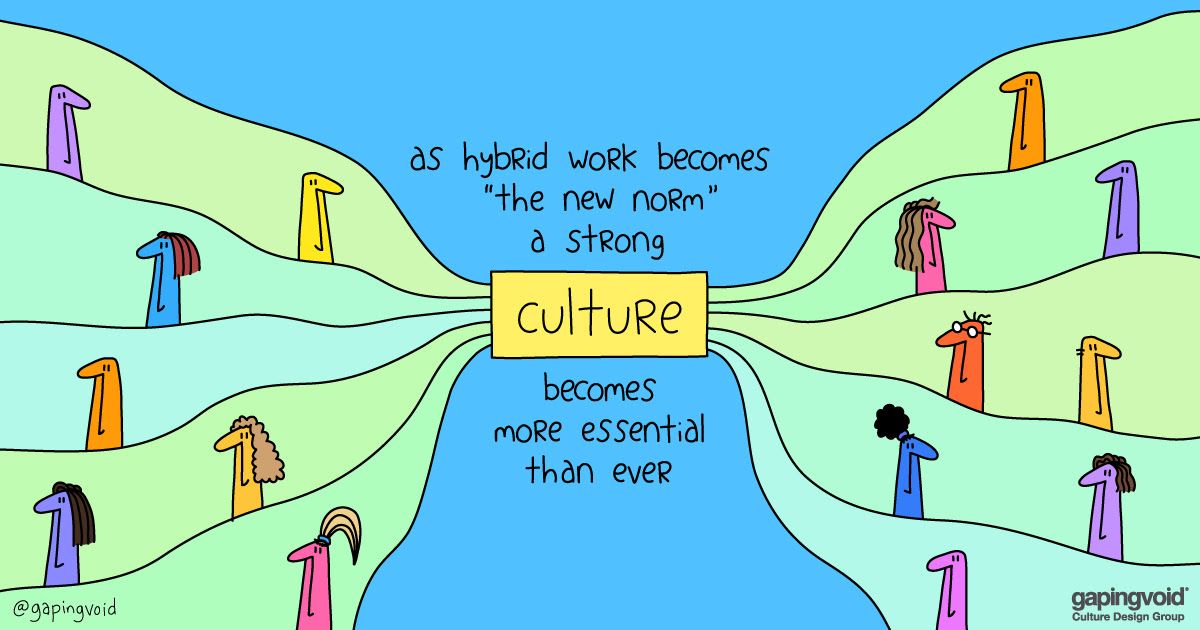The hybridization of work
It is a very simple question that we talk about in "Small Moves" today. Does your work drive your structure or your structure drives your work?
Does your work drive your structure or your structure drives your work?
Context matters. And it is the most important thing to determine whether your work is going to be effective. For that to happen the nature of your work should drive the structure of your work design including whatever is called "Hybrid" in today's post-pandemic (or is it current-pandemic) world.
There are two ways to go about this and I am certain most organizations will go about this way:
- Assume this is an opportunity to cut costs - especially infrastructure costs
- Force people to fit an infrastructure design
- Insist on some people to come in on certain days into work and do rest of the work remotely.
- Optimize building, internet infrastructure, security and other physical costs.
But there is a better way to go about it:
- Ask people what they want to do and when they want to do it
- Optimize for relevant collaboration and in-person meetings. For e.g. in use of Agile methods like Scrum, one could meet around events like Sprint Planning, Refinements and Sprint retrospectives - and these could vary for different teams
- Understand that remote work is going to be always less effective and productive in most cases than in-person work. This is especially true for activities like software development and related cognitive creative work of any kind.
- Hybrid work is effective in team oriented cultures consisting of "real" teams, not collection of people (that is not groups or workgroups) - you might not have effective "real" teams in your organization due to cultural mismatch in how your organization works.
- Product teams are more often "real" teams than Project teams who do siloed work with limited collaboration and more hand-off's
- Some work is better done together and some on people's own time. Complex work is based on prototyping and experiments which often requires more extreme collaboration. Ordered or structured work might be more individualistic and might support different parameters and structures.

To recap, in most cases you are going to do this topsy turvy. Your structure, rules, need for controls, desire to engineer answers in advance is going to force your "hybrid" work design and its implementation. Perhaps a smart "Small move" would be to do the opposite - "Let your work drive your structure"
Let your work drive your structure



